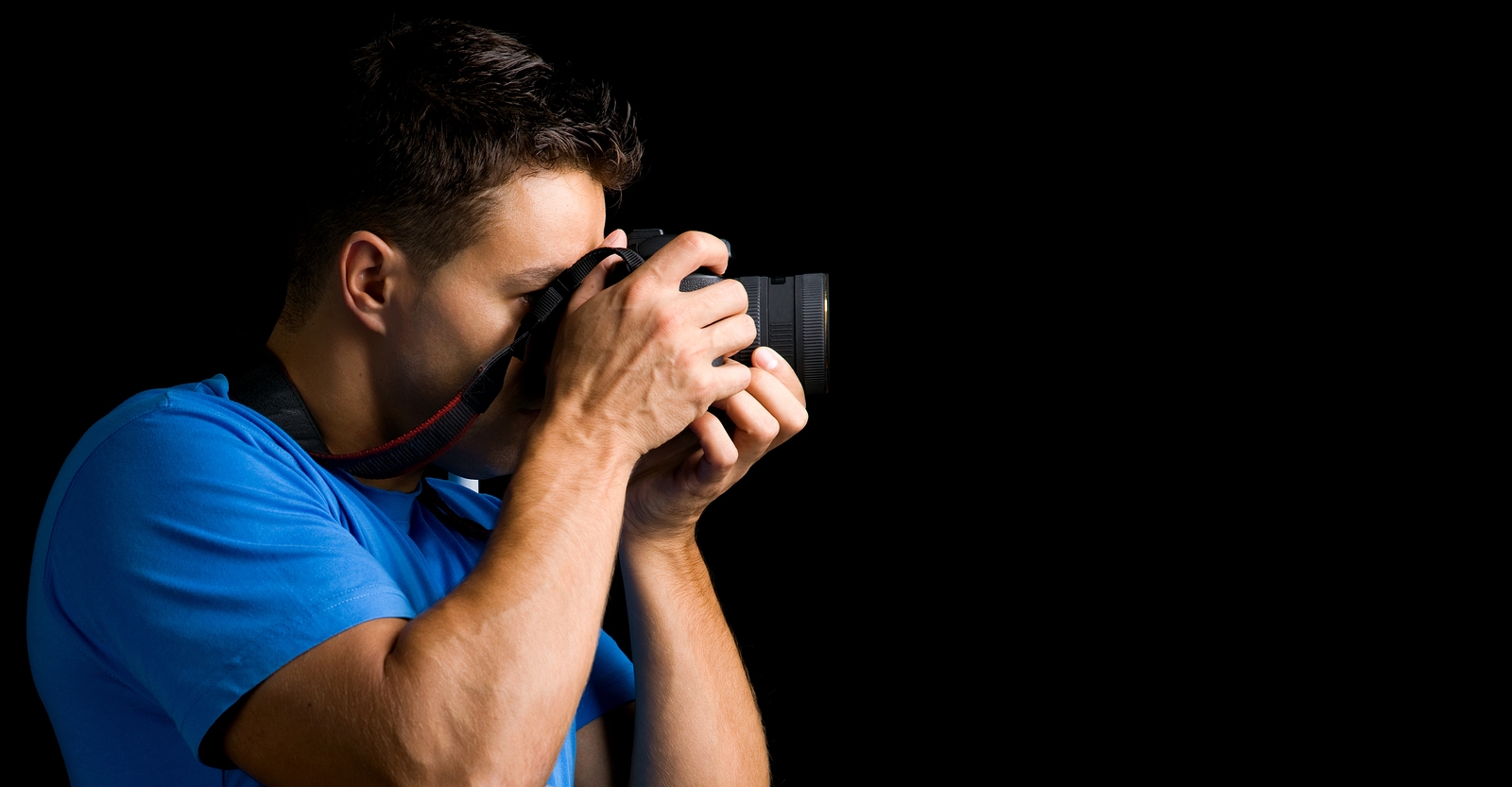Anshul Sukhwal over at Digital Photography School writes about the most important techniques of low-light photography.
Even if you don’t have the optimal lighting on the set you can achieve beautiful results with the right camera settings and post processing. All it takes is a little practice- you’ll become a pro in no time!
Use of high ISO
The amount of light captured is directly proportional to the selected ISO. In other words, at ISO 200 you can capture double the light than you can at ISO 100. Similarly, at ISO 800 you can capture 8 times more light than at ISO 100. Thus, in low-light conditions, you should use a higher ISO in order to capture your subject effectively.
Limitations of using a high ISO
At a higher ISO your camera will always produce more noise (grain) than at a lower ISO. So, you will have to test and check what the ideal ISO setting is (for your camera) at which you can capture your subject with optimum light, along with maintaining good image quality.
Use of large aperture
The amount of light captured is inversely proportional to the square of the selected aperture. Say, for a lens with aperture values of f/1.4, f/1.8, f/2.2, f/2.8, f/3.3, f/4.0 etc., the amount of light captured at f/1.4 will be double the light than at aperture f/2.0. Similarly, at f/1.4 you can capture 8 times more light than at f/4.0. Thus, in low-light conditions, you should use a larger aperture (smaller value) in order to capture your subject effectively.
Limitations of using a large aperture
Generally, using a small aperture (higher f/number) you will be able to keep your entire subject in focus which is not possible using a large aperture (lower f/number). Again, you will have to test and check what the ideal aperture size is at which you can capture your subject with optimum light, keeping it in focus.
Use of slow shutter speed
The amount of light captured is directly proportional to the selected shutter speed. For a camera with shutter speed values of 1/4, 1/8, 1/16, 1/32, 1/64, 1/125 etc., the light captured at 1/2 second is double the amount of light than that at a speed of 1/4 second. Similarly, at a shutter speed of 1/2 you can capture 8 times more light than at a shutter speed of 1/16th. Thus, in low-light conditions, you should use a slower shutter speed in order to capture your subject effectively.
Limitations of using a slow shutter speed
As it also impacts the motion or movement of your subject, shutter speed comes with limitations. If you want to freeze the motion of your subject then you should use a higher shutter speed (e.g., 1/250, 1/500, 1/1000, etc.) While if you want to capture your subject with a motion blur then you should use a slower shutter speed (e.g., 1/8, 1/4, ½, etc.)
Read the full article over at Digital Photography School.
Source: Digital Photography School


They all look Chinese…. Maybe from Nepal… How did he manage that tho
Don’t forget a camera that has good noise control at high iso’s and good glass, f2.8 or faster ain’t cheap